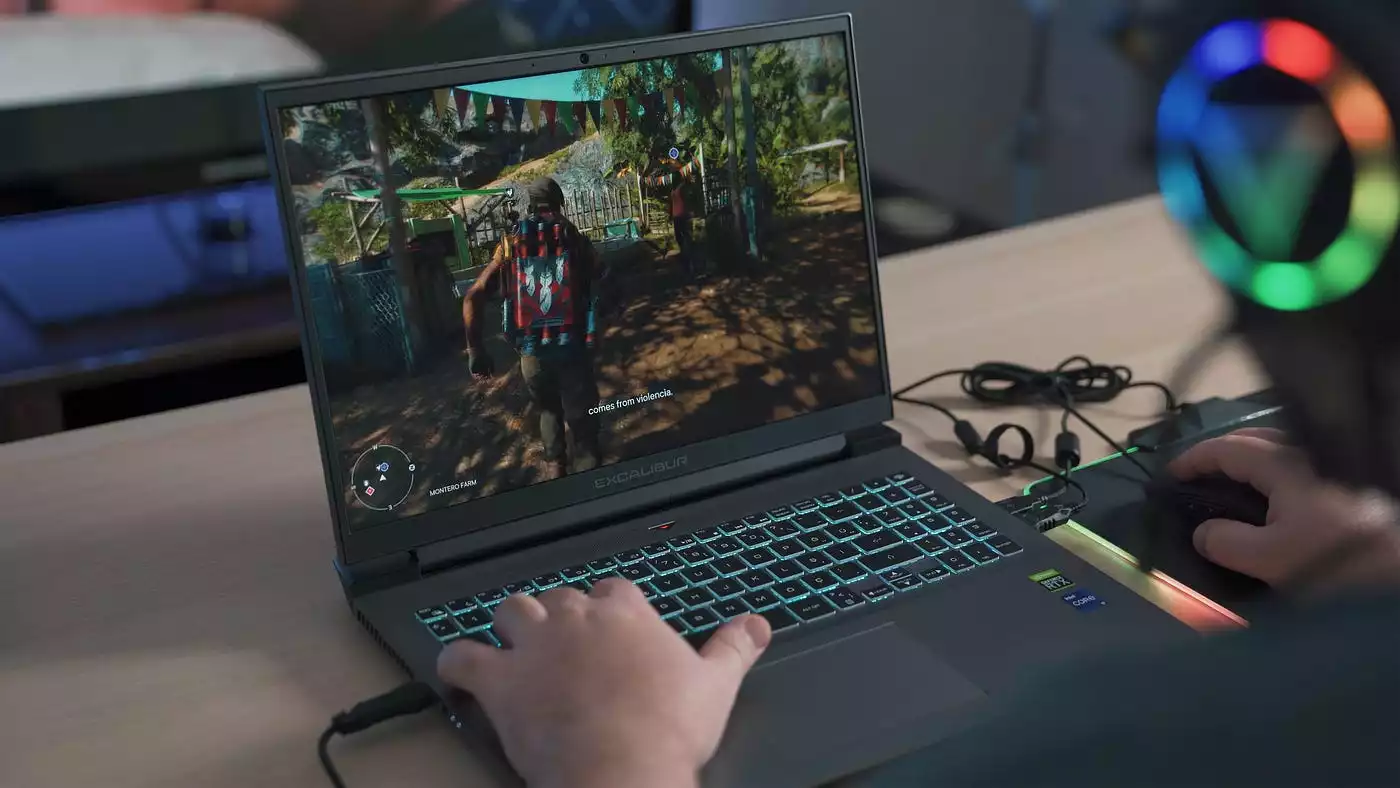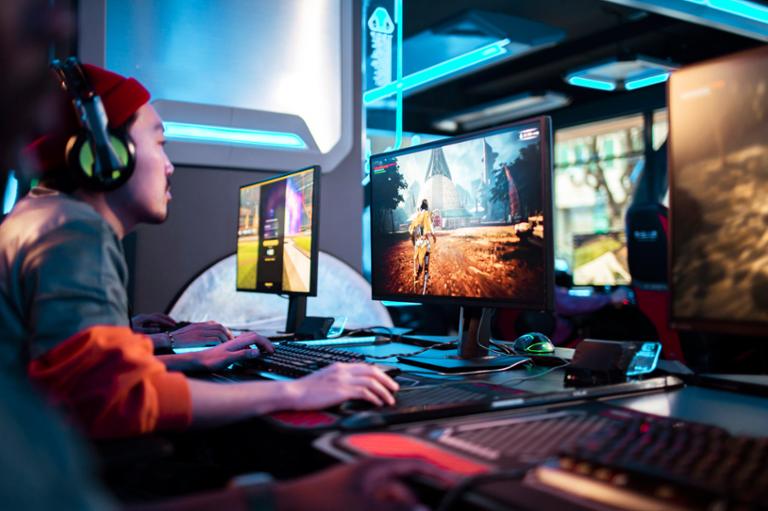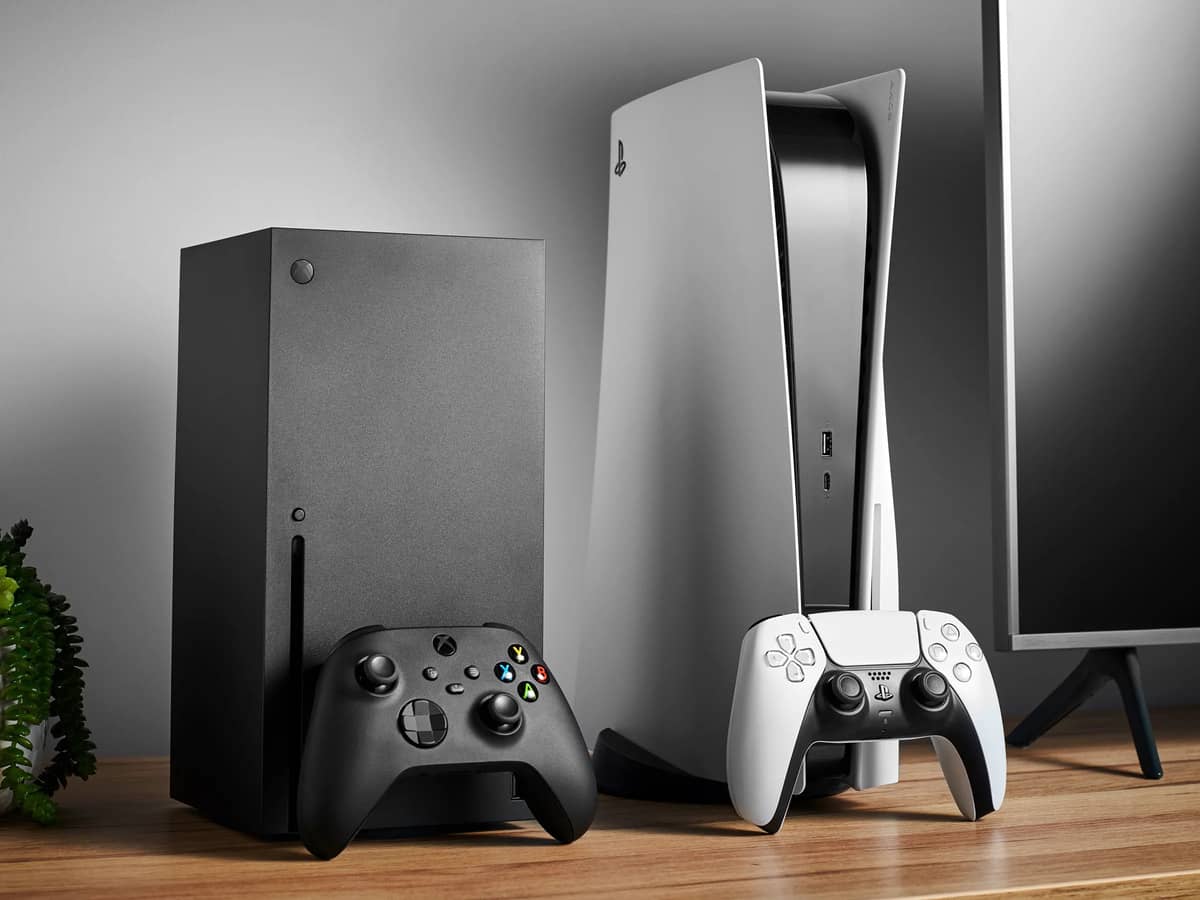In today’s gaming landscape, loot boxes and microtransactions have become integral elements of many video games. This article aims to shed light on the pros and cons of these controversial features, examining their impact on players, game developers, and the industry as a whole.
Table of Contents
- Introduction
- What Are Loot Boxes and Microtransactions?
- The Pros of Loot Boxes and Microtransactions
- Enhancing Gameplay
- Supporting Free-to-Play Models
- Revenue Generation
- The Cons of Loot Boxes and Microtransactions
- Encouraging Gambling-Like Behavior
- Creating Pay-to-Win Scenarios
- Undermining Game Design
- The Psychological Aspect
- The Element of Surprise
- FOMO (Fear of Missing Out)
- The Skinner Box Effect
- Legal and Ethical Concerns
- Player Feedback and Reactions
- The Future of Loot Boxes and Microtransactions
- Conclusion
- FAQs
1. Introduction
Video game monetization strategies have evolved significantly over the years. In recent times, loot boxes and microtransactions have gained prominence, sparking debates among gamers, developers, and regulators. This article delves into the intricacies of these features, examining their advantages and drawbacks while also considering the psychological aspects and ethical implications.
2. What Are Loot Boxes and Microtransactions?
Loot boxes are virtual items in video games that contain a random assortment of in-game items, such as cosmetic enhancements, weapons, or characters. Microtransactions, on the other hand, are small purchases within the game, allowing players to acquire in-game items or currency using real-world money.
3. The Pros of Loot Boxes and Microtransactions
Enhancing Gameplay
One of the primary advantages of loot boxes and microtransactions is that they can enhance the gaming experience. Players can customize their characters or accelerate their progress, adding a layer of personalization to the game.
Supporting Free-to-Play Models
Loot boxes and microtransactions often subsidize free-to-play games, enabling players to access high-quality titles without an initial purchase. This widens the gaming audience and fosters a vibrant online community.
Revenue Generation
For game developers, loot boxes and microtransactions represent a steady revenue stream. This income can be reinvested in game development, leading to better updates and ongoing support.
4. The Cons of Loot Boxes and Microtransactions
Encouraging Gambling-Like Behavior
Critics argue that loot boxes, with their randomized contents, can encourage gambling-like behavior, especially among younger players. This has led to concerns about addiction and spending problems.
Creating Pay-to-Win Scenarios
In some cases, microtransactions can create a pay-to-win dynamic, where players who spend more money gain a competitive advantage. This can alienate those who prefer skill-based competition.
Undermining Game Design
Game design may suffer when developers prioritize monetization over gameplay. In some instances, this has resulted in unbalanced and frustrating gaming experiences.
5. The Psychological Aspect
The Element of Surprise
Loot boxes leverage the element of surprise, releasing dopamine in players’ brains when they receive rare items. This can be addictive, driving players to make more purchases.
FOMO (Fear of Missing Out)
Players may fear missing out on valuable items, leading to compulsive spending to keep up with others. This fear of missing out, or FOMO, is a powerful psychological driver.
The Skinner Box Effect
Loot boxes bear similarities to B.F. Skinner’s operant conditioning chamber, where rewards are given at random intervals. This intermittent reinforcement can lead to compulsive behavior.
6. Legal and Ethical Concerns
Governments and consumer protection agencies have raised concerns about the gambling-like nature of loot boxes, leading to calls for regulation and transparency in their implementation.
7. Player Feedback and Reactions
Players have voiced their opinions on loot boxes and microtransactions, leading to changes in some games’ monetization models. Developers are increasingly responsive to player feedback.
8. The Future of Loot Boxes and Microtransactions
The future of these features remains uncertain, with ongoing debates about their place in gaming. It is likely that they will continue to evolve in response to player and regulatory feedback.
9. Conclusion
In conclusion, loot boxes and microtransactions offer both benefits and drawbacks to the gaming industry. While they provide revenue and customization options, they also pose risks to players and raise ethical concerns. The future of these elements will depend on how well the industry addresses these issues.
10. FAQs
Q1: Are loot boxes and microtransactions the same thing?
No, they are not the same. Loot boxes contain randomized in-game items, while microtransactions involve purchasing specific items or currency with real money.
Q2: Are loot boxes a form of gambling?
They share similarities with gambling due to the randomized nature of their contents, but the classification varies by region and is subject to ongoing debate.
Q3: Can I avoid microtransactions in games?
In some games, yes. Developers are increasingly offering options to earn in-game items through gameplay rather than requiring purchases.
Q4: Are loot boxes only in free-to-play games?
No, loot boxes can also be found in paid games, though their presence may differ in terms of impact and implementation.
Q5: What should I do if I’m concerned about my spending on loot boxes?
If you’re concerned about overspending on loot boxes, consider setting spending limits or seeking support from professionals who specialize in gaming addiction.












